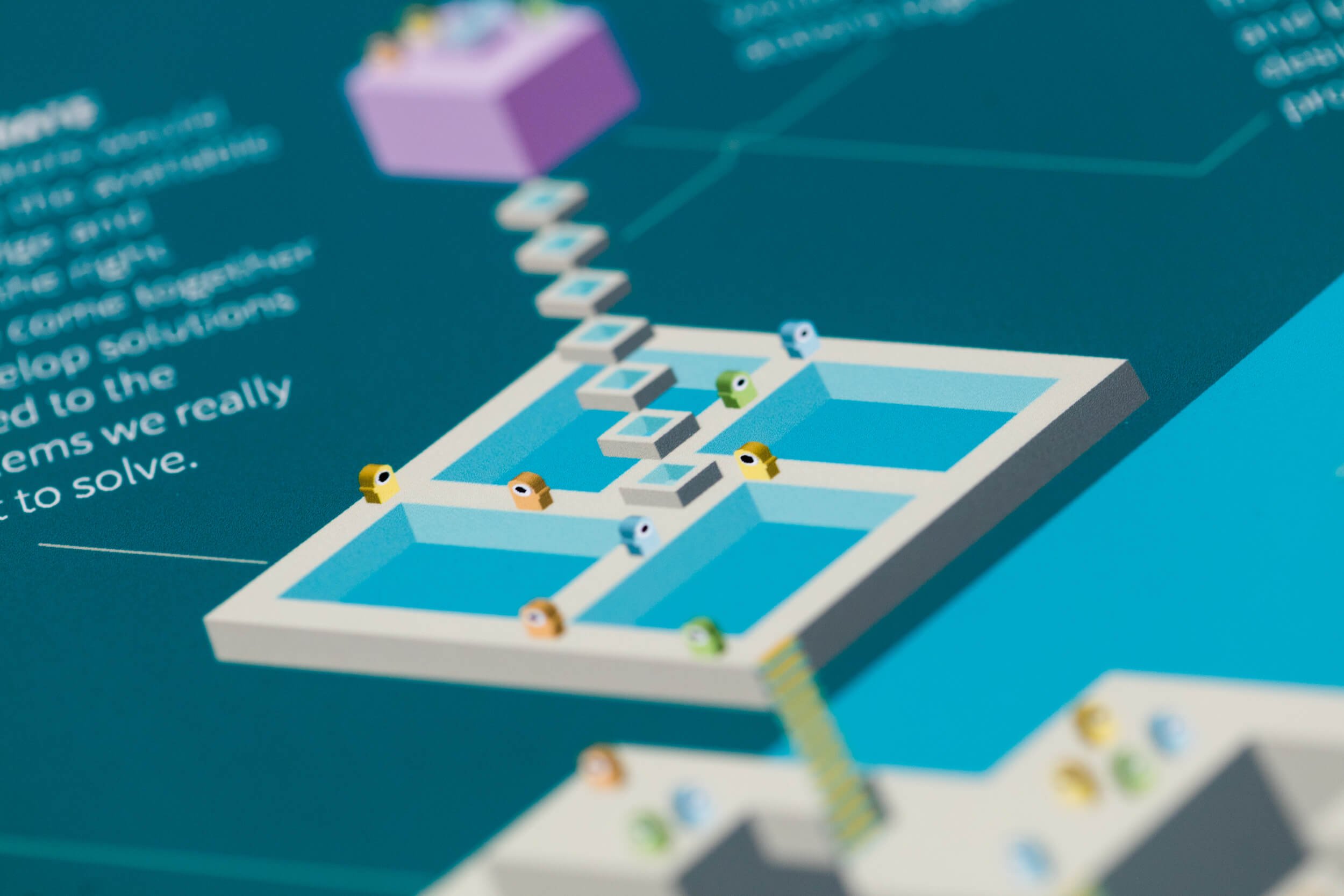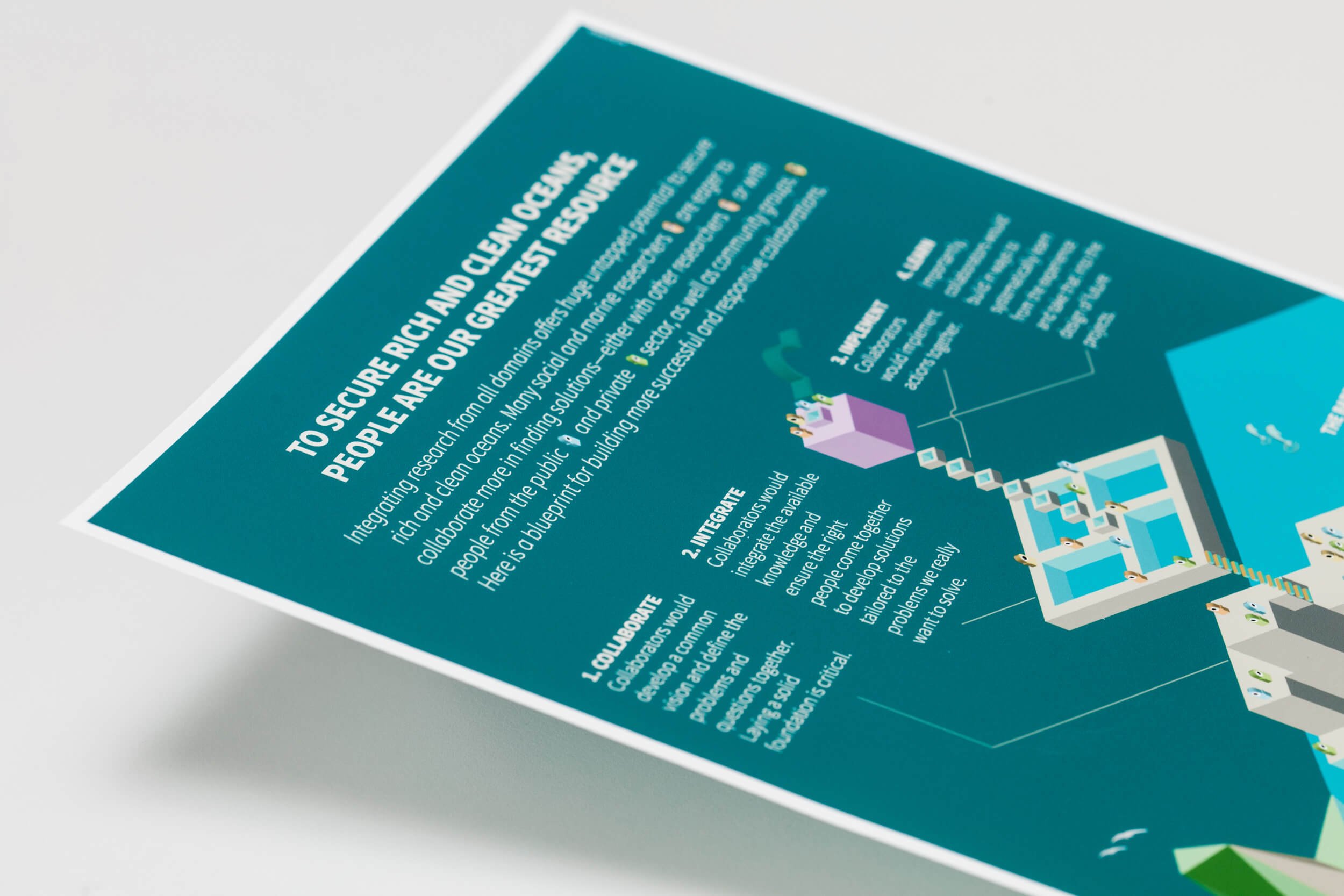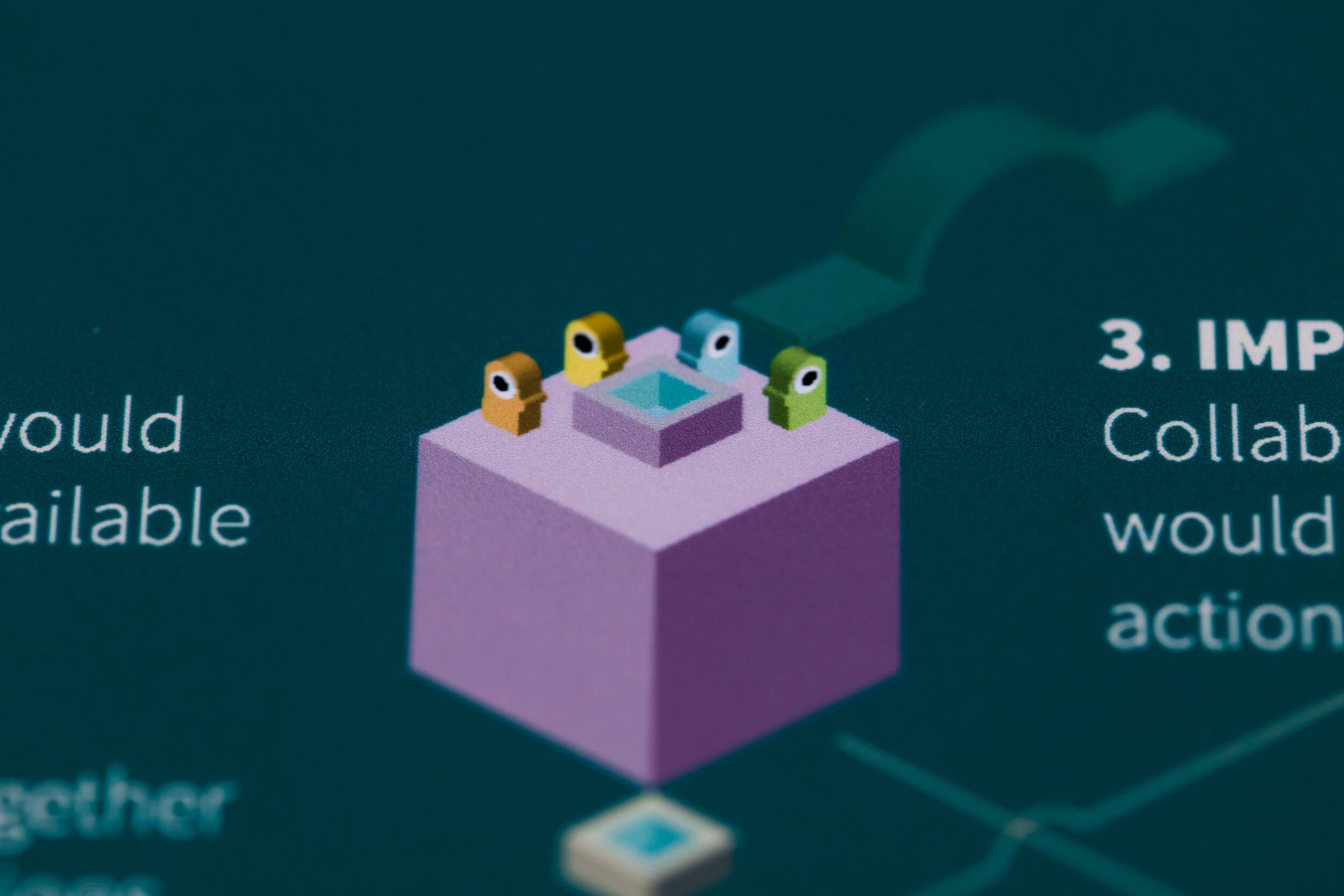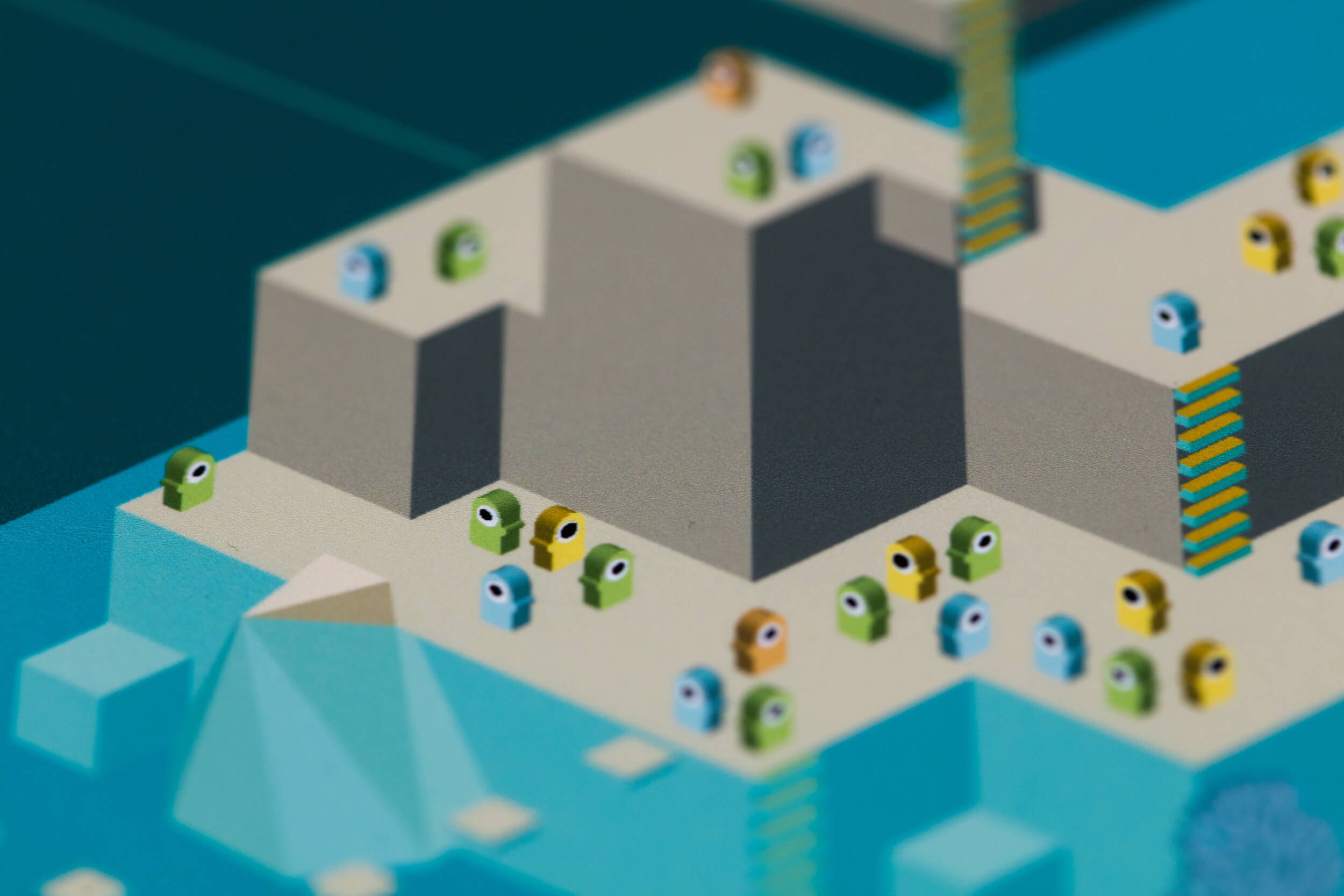Rich and Clean Oceans
Around thirty eminent Norwegian researchers and leaders in marine resource management met in Bergen, Norway, to discuss how to improve collaborations to make rapid progress on ocean and marine resource management goals.

In this project led by Leonie Goodwin from cCHANGE and Gro I. van der Meeren from the Institute of Marine Research, InfoDesignLab facilitated the co-design process behind the communication of the highlights from those discussions.
Around thirty eminent Norwegian researchers and leaders in marine resource management met in Bergen, Norway, to discuss how to improve collaborations to make rapid progress on ocean and marine resource management goals in the coming decade.
The participants came from leading marine research institutions and businesses around Norway and Europe, from various Norwegian ministries and government bodies, the Food and Agricultural Organisation, and the Intergovernmental Oceanographic Commission, as well as Future Earth’s Ocean Knowledge-Action Network.
Many aspects of marine resource management were discussed, but the group kept coming back to the importance of building high-quality collaborations — the potential opportunities and current barriers.




Achieving rich, clean oceans is much more than a series of problems that can be addressed through technical solutions and top-down directives. It is an adaptive challenge.
Adaptive challenges can be messy, unclear and difficult to deal with. They are closely linked to beliefs, habits, and values, as well as power and politics, and the solutions to these types of challenges lie in harnessing collective and collaborative power.
Many social and marine researchers are eager to collaborate more in finding solutions — either with other researchers or with people from the public and private sector, as well as community groups. There are many inspiring examples where it’s happening already. But we need many more.
More well-functioning, cross-sectoral collaborations would benefit many aspects of marine resource management in Norway, for example:
by improving our knowledge of the value and role of coastal ecosystems;
by improving integrated ecosystem assessments;
by building stronger long-term scenario and visualisation capabilities so that we can better describe and model the development and future state of marine life and values;
and by helping us to deal more effectively with economic, social, and environmental trade-offs and uncertainties.